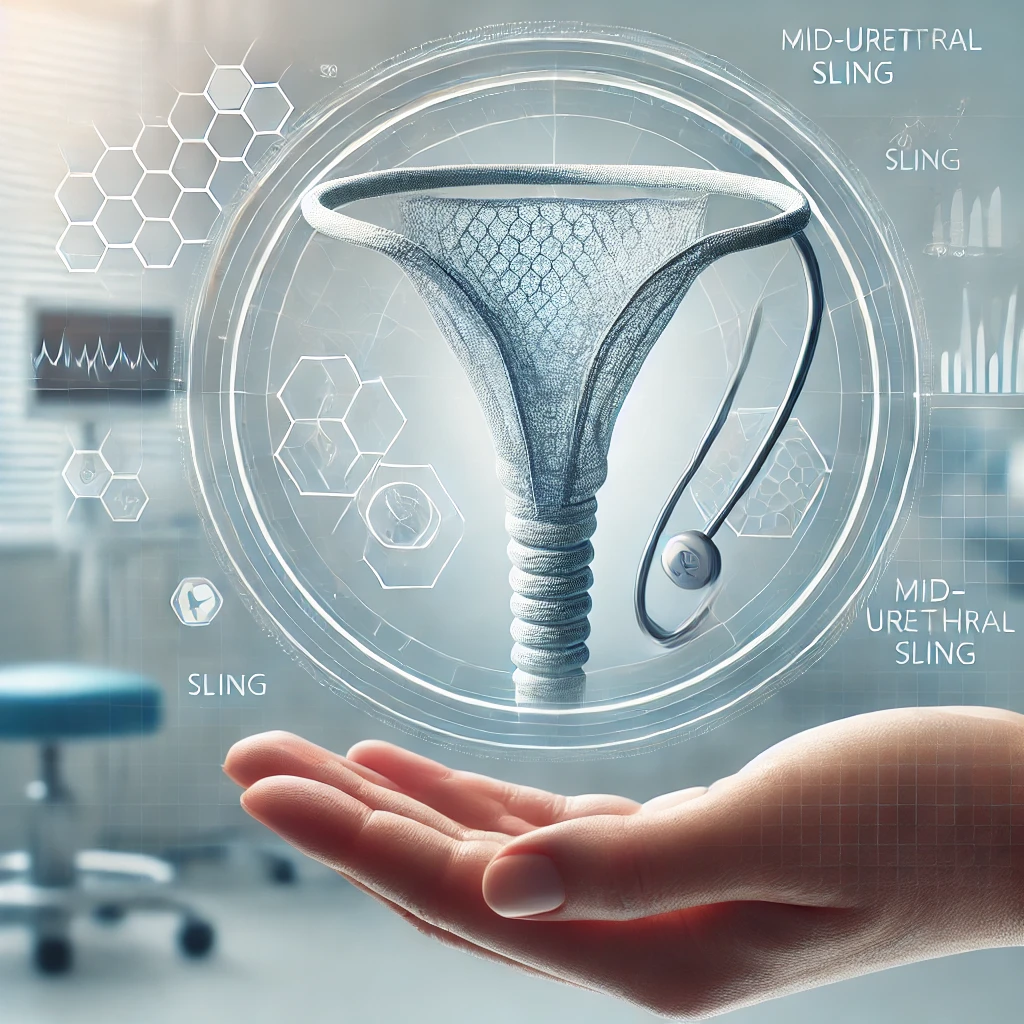Altis IDE Study Two-Year Follow-Up Results
A recent two-year follow-up study of women using the Altis device has revealed no new adverse events between 12 and 24 months. While this finding might initially seem positive, many experts are raising concerns about the long-term safety and design of this device. The study, which tracks outcomes for women treated with the Altis single-incision sling for stress urinary incontinence (SUI), offers a mixed picture of early success and unresolved concerns about potential risks.
The Altis Device and Initial Results
The Altis device is used to treat SUI, a condition where women experience involuntary urine leakage due to weakened pelvic floor muscles. The device is a single-incision sling designed to support the urethra and prevent leakage, making it a popular option for treating this condition. However, like all medical devices, it comes with potential risks.
In the first year after implantation of the Altis device, the study found that 8% of the women experienced groin, hip, or thigh pain. They described these instances of non-pelvic pain as being related to the procedure rather than the device itself. In some cases, they attributed this pain to the position women had to be in during surgery, known as the lithotomy position. While this pain was uncomfortable for the women involved, it was considered a minor complication compared to the benefits of reduced incontinence.
Additionally, 3.5% of women in the study reported experiencing tape exposure, where part of the sling becomes visible through the vaginal tissue. Tape exposure is a known complication of slings and can sometimes require additional procedures to correct. Another 1% of the women reported dyspareunia, or pain during sexual intercourse, a complication that can severely impact a woman’s quality of life.
No New Altis Adverse Events, But What Does It Mean?
At the 24-month follow-up, the study reported that no new adverse events had occurred between the 12-month and 24-month mark. On the surface, this might seem like good news for women using the Altis device. However experts caution that the absence of new events doesn’t necessarily mean the device is free of long-term risks.
When we hear “no new adverse events,” we question the thoroughness of the study review. Additionally, the device may not be causing new problems after the first year, but that doesn’t mean it’s safe for long-term use. Often, issues with medical devices like slings take time to develop and become apparent. What may seem like a minor complication in the short term could evolve into a more serious issue later on, especially as patients age and their bodies change.
Concerns About the Altis Device Design
One of the major concerns about the Altis device is its stiffness. Experts argue that the Altis sling may be too rigid. This can lead to complications like dyspareunia. According to one expert, the single-incision design of the Altis device may increase the risk of these painful complications. This makes it less favorable than other, more flexible options.
Research from the SIMS trial (Health Technology Assessment, No. 26.47) also suggests that single-incision slings like the Altis device may carry a higher risk of complications, including chronic pain. These concerns raise important questions about whether the Altis device is truly the best option for women with SUI, or if other slings might offer better long-term outcomes with fewer risks.
Ongoing Discovery and Legal Implications
Discovery is still ongoing in terms of the full impact of the Altis device on women’s health. Some attorneys and experts are investigating the neurological risks and other potential injuries associated with the device. This includes looking into whether the device’s design inherently causes more harm than other options available for women suffering from SUI. Attorneys are exploring legal cases to determine whether manufacturers of the Altis device were fully transparent about its risks. Cases focus on whether women received adequate information before undergoing the procedure.
What This Means for Women
For women who are considering or currently using the Altis device, this study presents a mixed picture. While there may not be new adverse events at the two-year mark, we should not ignore the concerns about pain, dyspareunia, and device design. Women experiencing groin, hip, or thigh pain, tape exposure, or discomfort during intercourse should speak with their healthcare providers to ensure that they receive proper care and monitoring.
KBA Attorneys Is Monitoring Developments
At KBA Attorneys, we are closely monitoring the ongoing developments related to the Altis device. We monitor the latest studies. We support women’s access to the information they need to make the best choices for their health.
If you or someone you know has experienced complications with the Altis device or another mid-urethral sling, KBA Attorneys is here to help. We can provide confidential consultations and guide you through your legal options. Contact us today to discuss your situation.
